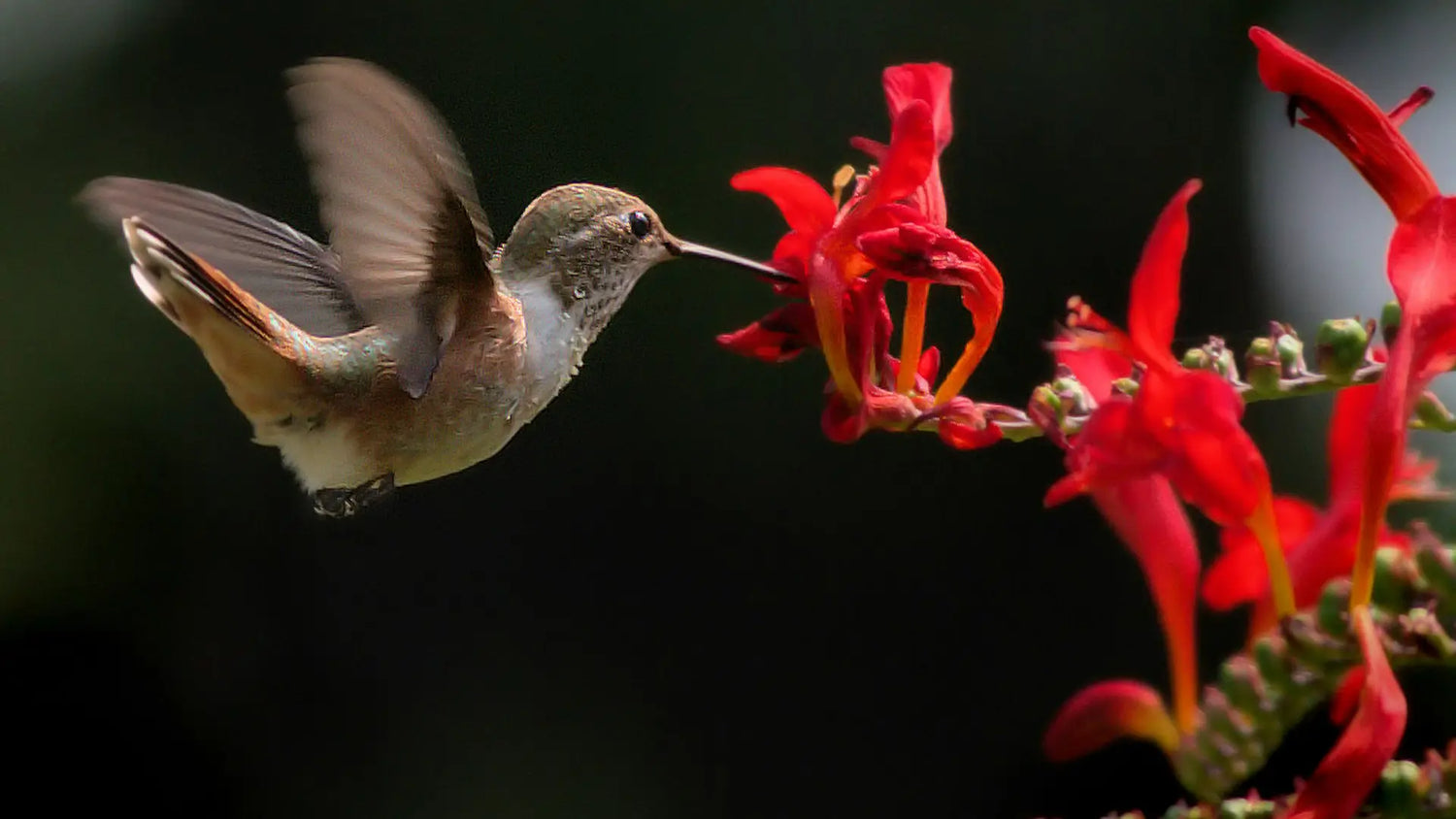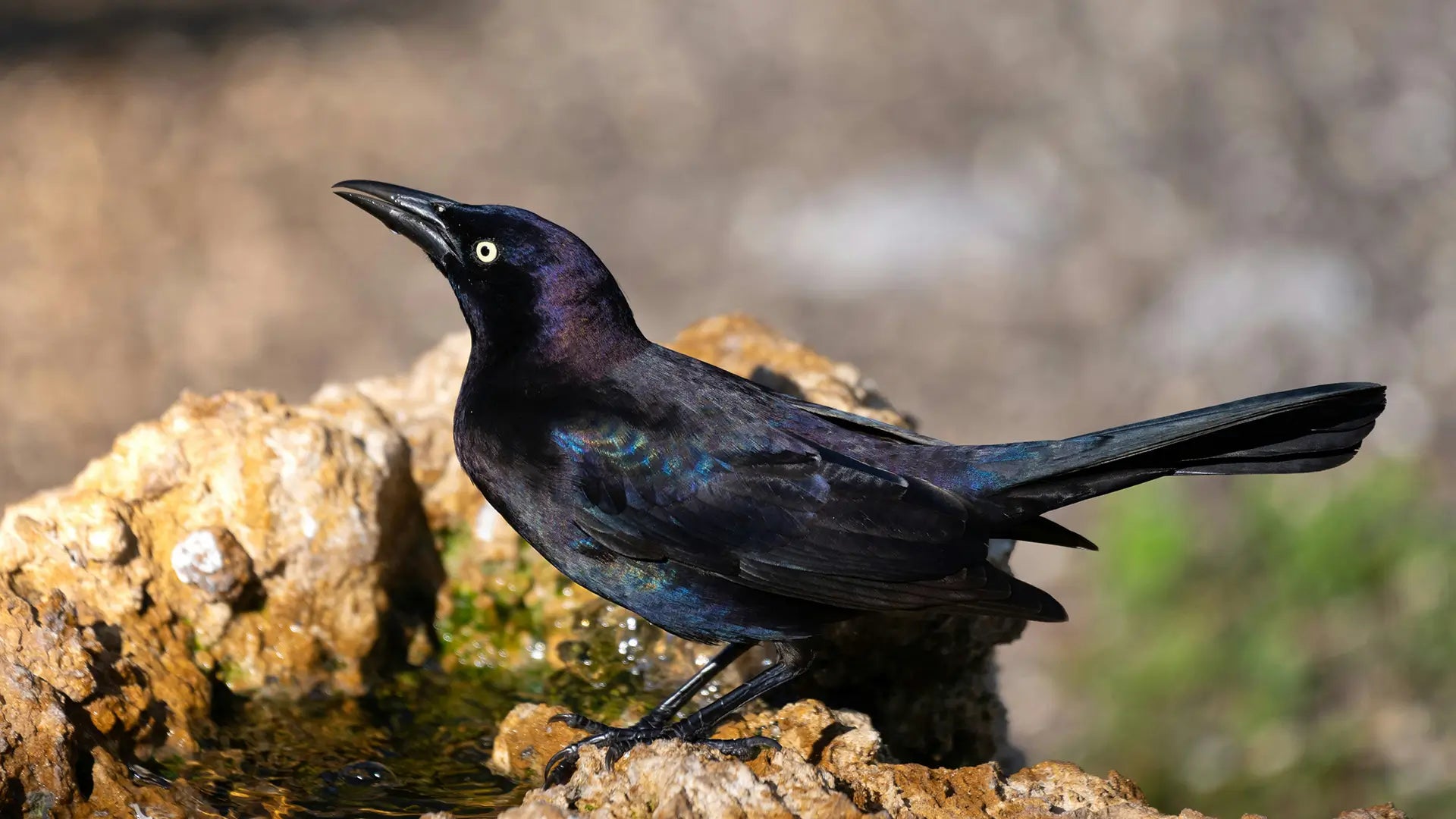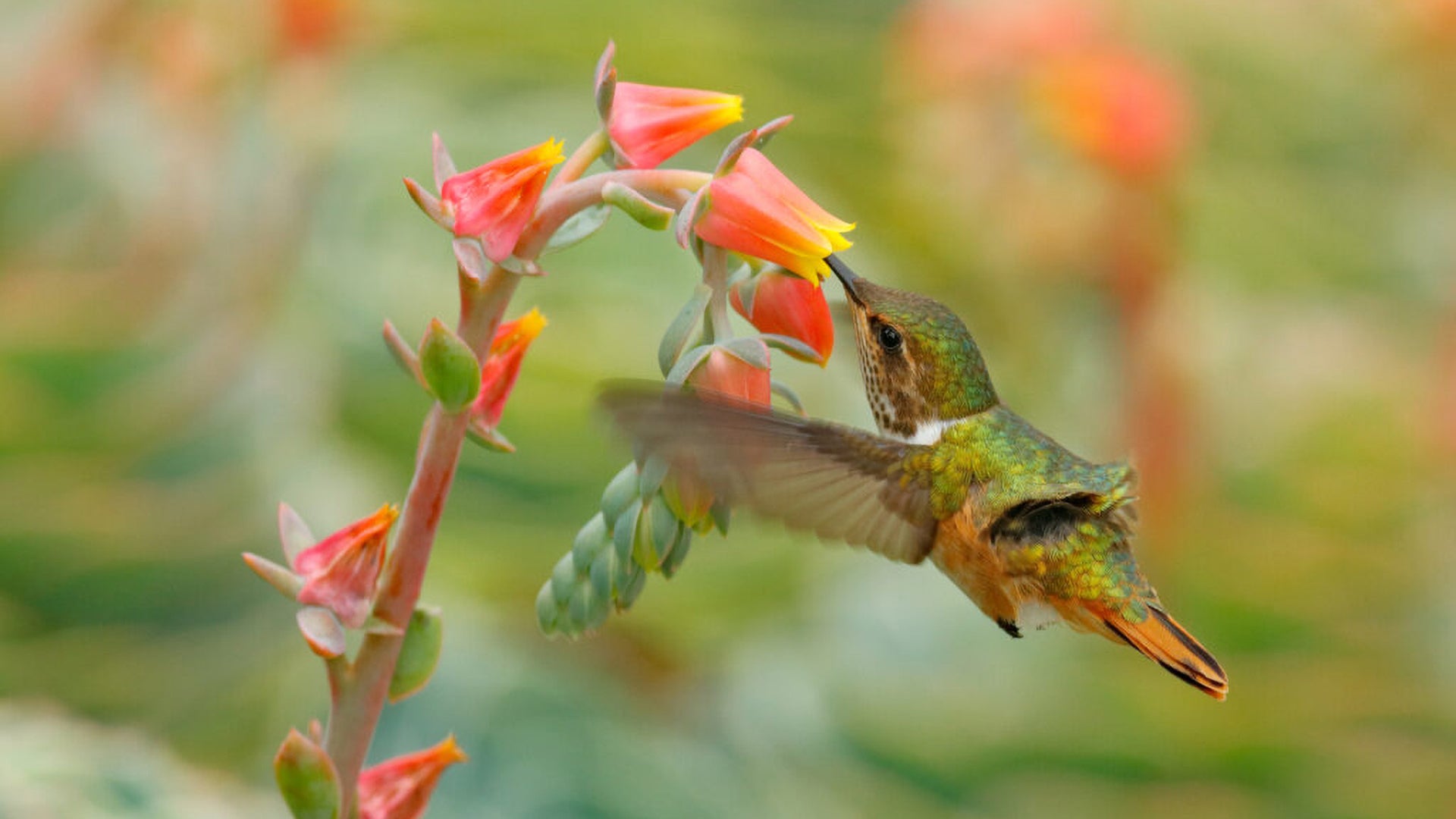Plant these ten nectar-rich trees and avoid chemicals to attract and protect hummingbirds.
Hummingbirds are highly prized visitors in the garden. These inquisitive little birds zip around from flower to flower in search of nectar. Use these ten trees to help attract hummingbirds to your yard and avoid using any chemicals on them to prevent inadvertently harming the birds.
01 Crabapples (Malus spp)
:max_bytes(150000):strip_icc():format(webp)/ten-trees-that-attract-hummingbirds-3269646-01-4389fdb988b74d27b98c786eee2321ec.jpg)
Spring crabapple trees burst into bloom in shades of white, red, and pink. As a bonus, crabapples can pollinate most kinds of apple trees within a certain radius, which is potentially beneficial for both you and your neighbors.
- USDA Growing Zones: 2 to 11, depending on cultivar
- Size: Depends on cultivar
- Exposure: Full sun
02 Eastern Redbud (Cercis Canadensis)
This is one of the earliest plants to bloom each year, covering the branches with little pink flowers that stand out even more since they appear before the heart-shaped leaves. One distinctive cultivar is called 'Forest Pansy' and produces purple foliage.
The western redbud can also attract hummingbirds.
- USDA Growing Zones: 4 to 9
- Size: 20 to 30 feet tall and 25 to 35 feet wide
- Exposure: Full sun-part shade
03 Eucalyptus Trees
:max_bytes(150000):strip_icc():format(webp)/8417936523_7997a85694_k-5ad4ca6aae9ab80038b33d1b.jpg)
If you live in a warmer climate, one of the eucalyptus trees can offer scarlet blossoms to your hummingbird visitors. Some species can handle temperatures that are a bit cooler.
- USDA Growing Zones: Varies by species, mostly in the warmer zones, with some as low as Zone 7.
- Size: Varies by species
- Exposure: Full sun
04 English Hawthorn (Crataegus Laevigata)
The blossoms on the English hawthorn can be either white or pink. Once they are pollinated, they will form red pome fruit.
Other species of Crataegus trees also attract hummingbirds.
- USDA Growing Zones: 4-8
- Size: 15 to 25 feet tall and wide
- Exposure: Full sun
05 Horse Chestnut (Aesculus Hippocastanum)
Every spring the horse chestnut forms tall upright clusters of white flowers. It can become invasive under the right growing conditions, so you may want to ask your local horticulturist to see if that is the case in your area.
Also consider Aesculus x carnea, which is a cross between a horse chestnut and red buckeye.
- USDA Growing Zones: 4 through 7
- Size: 50 to 75 feet tall and 40 to 70 feet wide
- Exposure: Full sun
06 Northern Catalpa (Catalpa Speciosa)
:max_bytes(150000):strip_icc():format(webp)/ten-trees-that-attract-hummingbirds-3269646-06-867e2f074c124f5cbb2dd076e61b8855.jpg)
The northern catalpa bears large clusters of blossoms that are somewhat like orchids. Other notable features include footlong leaves and bean-like fruit that can be almost two feet long.
You could also grow Southern catalpa (Catalpa bignonioides) to attract hummingbirds.
- USDA Growing Zones: 4 through 8
- Size: 40 to 70 feet tall and 20 to 40 feet wide
- Exposure: Full sun
07 Red Buckeye (Aesculus Pavia)
:max_bytes(150000):strip_icc():format(webp)/ten-trees-that-attract-hummingbirds-3269646-07-42a6b777404148d991cd5376c2cf10cc.jpg)
This relative of the horse chestnut is also favored by hummingbirds. It may be either a small tree or a large shrub. All parts of the tree are poisonous.
- USDA Growing Zones: 5 through 9
- Size: Can be a shrub or small tree. Usually 10 to 25 feet tall and wide, but can grow over 30' tall sometimes.
- Exposure: Full sun, part shade
08 Silk Tree (Albizia Julibrissin)
The silk tree is covered in an abundance of pink blossoms that look like powder puffs. Although it can be invasive or otherwise problematic in some areas, it can thrive under poor conditions and can be a useful tree.
- USDA Growing Zones: 6-9
- Size: 20 to 40 feet tall and wide, sometimes growing larger
- Exposure: Full sun
09 Strawberry Tree (Arbutus Unedo)
:max_bytes(150000):strip_icc():format(webp)/strawberry-tree-arbutus-unedo-3269240-hero-8fd420b7b05841a78f5ccef2a7e1f772.jpg)
Like other members of the Ericaceae family, the strawberry tree bears clusters of lovely bell-shaped white flowers. They are followed by attractive round orange and red fruit.
- USDA Growing Zones: 8 through 10
- Size: 8 to 30 feet tall and wide, depends on the variety
- Exposure: Full sun to partial shade
10 Tulip Tree (Liriodendron Tulipifera)
The blossoms on the tulip tree are yellow and orange and do resemble tulips. The leaves are also shaped somewhat like that flower.
- USDA Growing Zones: 4 through 9
- Size: 80 to 100 feet tall and 40 feet wide
- Exposure: Full to partial sun
In addition to planting trees that attract hummingbirds, providing a reliable food source is equally important. You can use a smart bird feeder, such as the Bilantan Smart Bird Feeder, to offer a continuous supply of food for hummingbirds and easily observe their activities on your phone.





Leave a comment
All comments are moderated before being published.
This site is protected by hCaptcha and the hCaptcha Privacy Policy and Terms of Service apply.